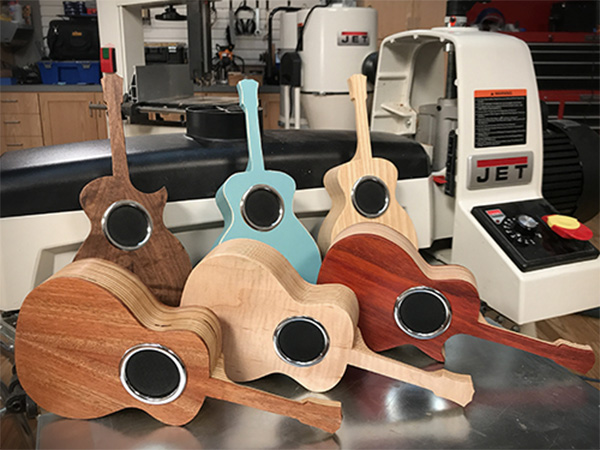
I’d like to start charging for the projects I make. I’m retired and don’t need to make a living from this work, so how should I go about pricing these projects (I’m a fairly accomplished woodworker)? Also, are there any liability or insurance issues I should worry about?
Ellis Walentine: This is a variation on a question that comes up all the time in discussion forums and Q&A columns. Most hobbyists, at one time or another, contemplate selling some of their work, whether or not they plan to make a living at it or even supplement their income.
If you don’t need the money, your pricing strategy isn’t critical. You don’t need to worry about calculating your overhead and hourly labor rates; instead, you can price your work according to what you think the market will bear (what would a buyer expect to pay for something similar?) and whether you really care if it sells.
If you haven’t a clue as to the value of a piece, figure out your direct overhead (materials and other expenses directly associated with this piece), then add in a reasonable wage for yourself. Indirect overhead (utilities, insurance, rent, etc.) isn’t likely to be important to you if you’re essentially an amateur working at home.
As we all know, we live in a litigious society, and liability could be an issue at any time. If you sell your work, you cross the line into a murky area where your homeowner’s insurance may not cover you in liability cases. Your best bet is to make sure the things you design and build meet established standards for safety. In the case of children’s toys, there are standards governing sizes of parts, sharp edges, toxic finishes, etc. In the case of furniture, especially chairs, it’s a good idea to over-engineer. Try to anticipate the worst-case scenario and add a safety factor. For example, you might want to build a chair that will support someone who weighs twice as much as the average user.
Once you sell your work, your homeowner’s policy might also refuse to cover your tools, since technically they are being used for business purposes. Even if this isn’t the case, most homeowner’s policies have a limit on the value of tools covered, unless you pay a marginal premium for excess value.
Ian Kirby: You should charge based on materials plus an hourly rate or, in the end, what the market will bear.
Once you charge for your work, you move from your amateur status to professional there isn’t a separate category for anyone. So, all the laws of sale, resale and product liability apply. Check with a CPA and an insurance agent.
Rick White: First of all, anyone can sue anybody else anytime and anywhere. So, yes I would get extra coverage if you’re going to sell your projects. It just makes sense.
In terms of pricing, you should price your projects just like you would if it were a business you depended on for income. Your time is worth it. Moreover, if you underprice your projects, you hurt the professionals out there who must make a living with their woodworking. So take the larger woodworking community into account when pricing your work.





